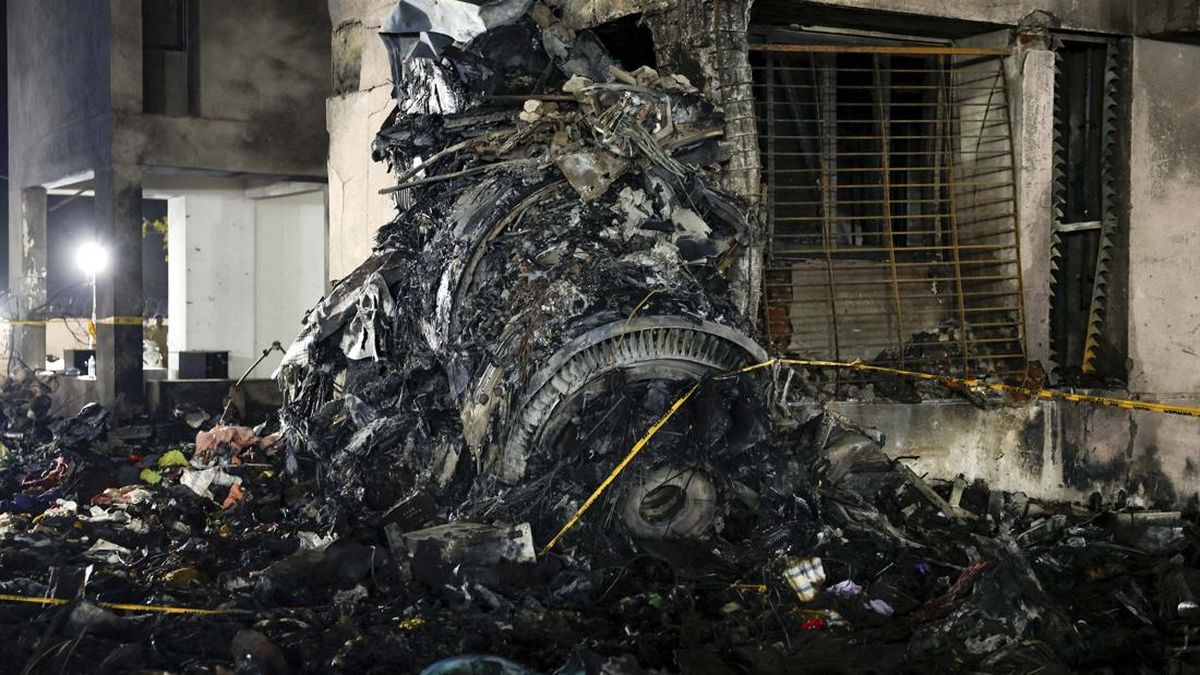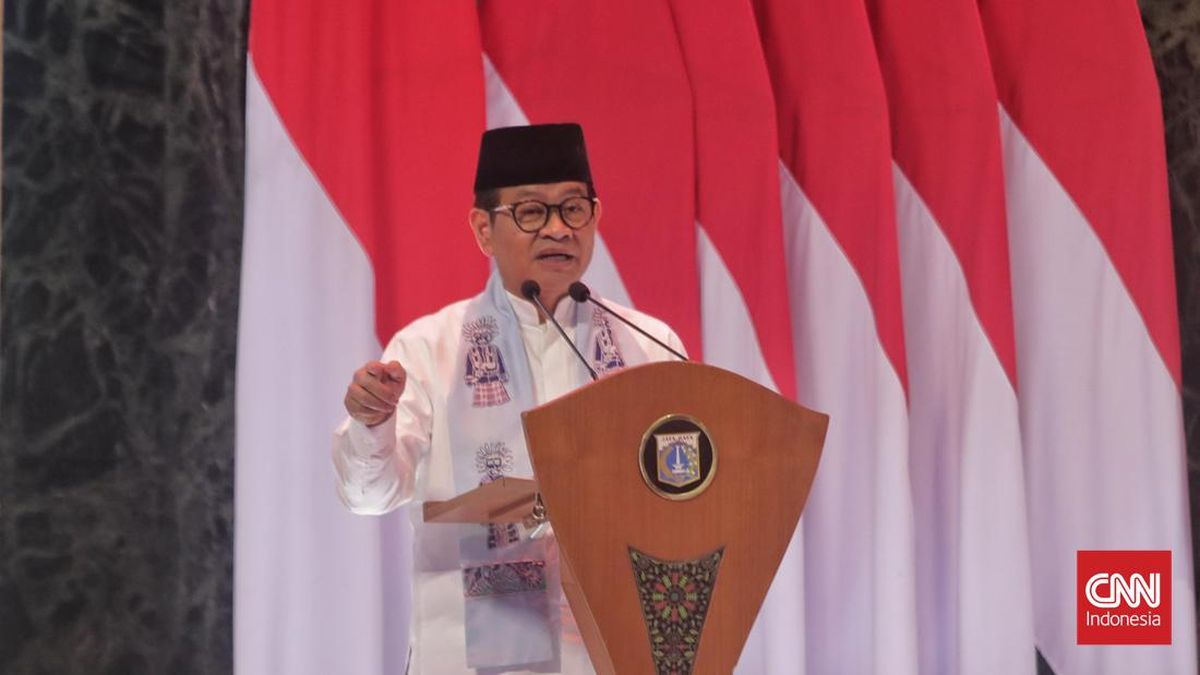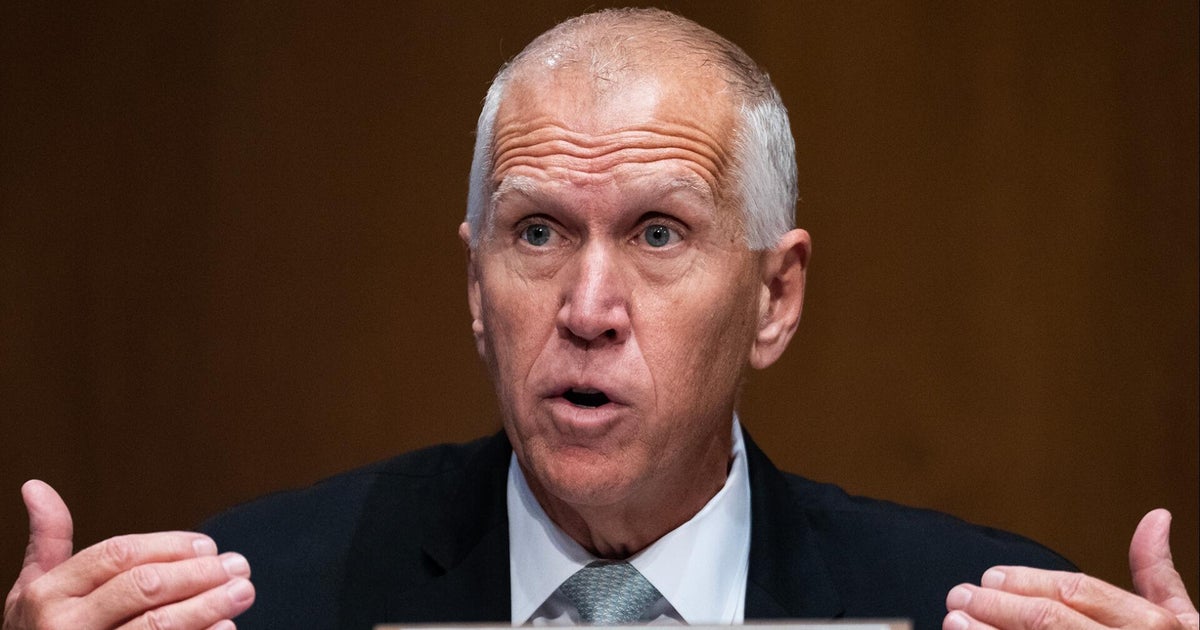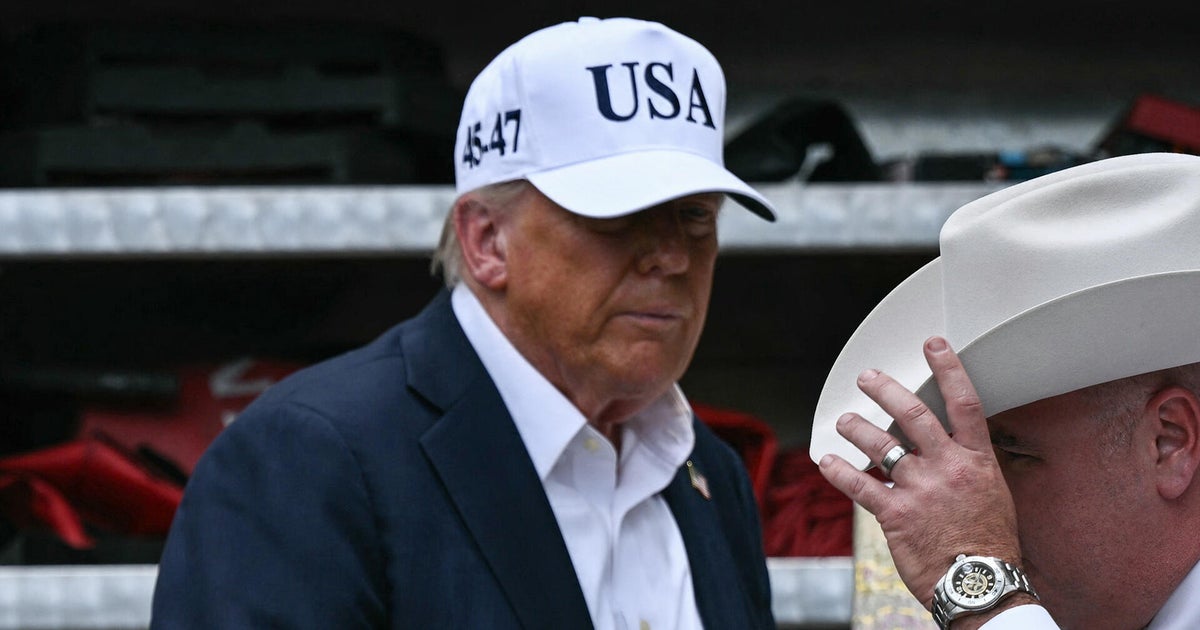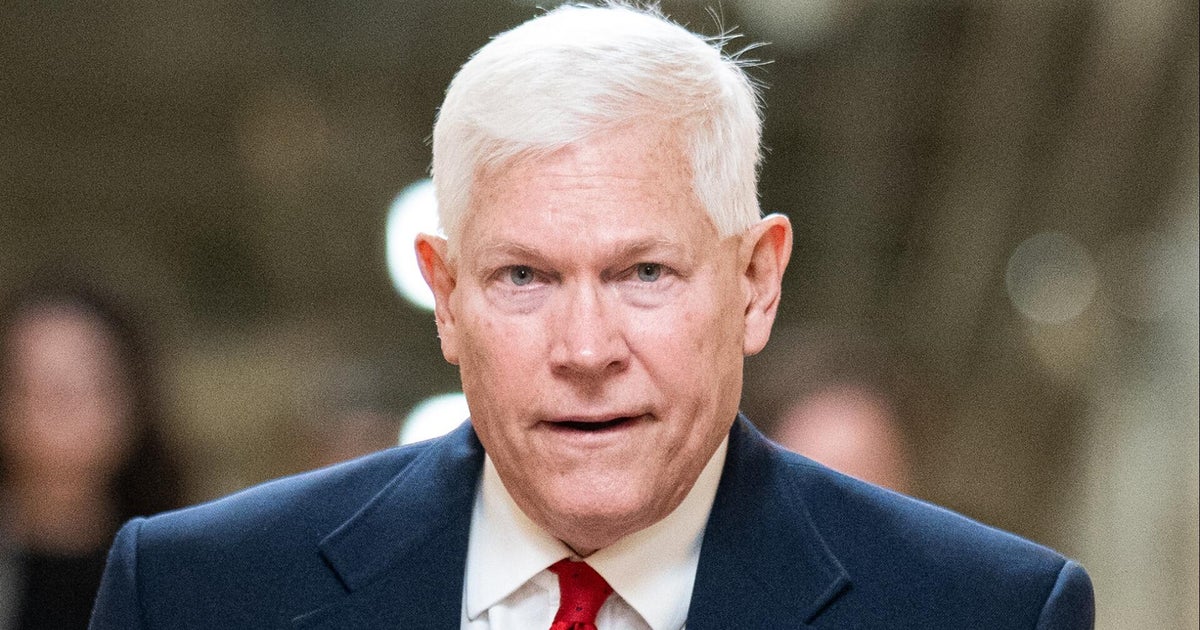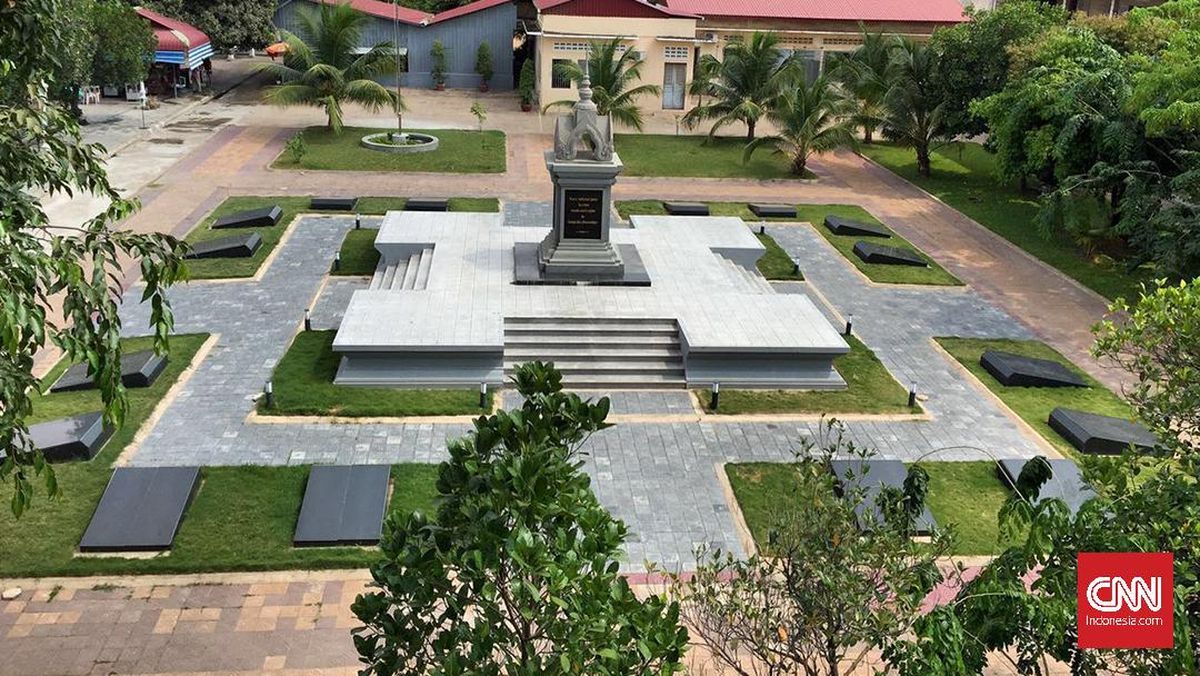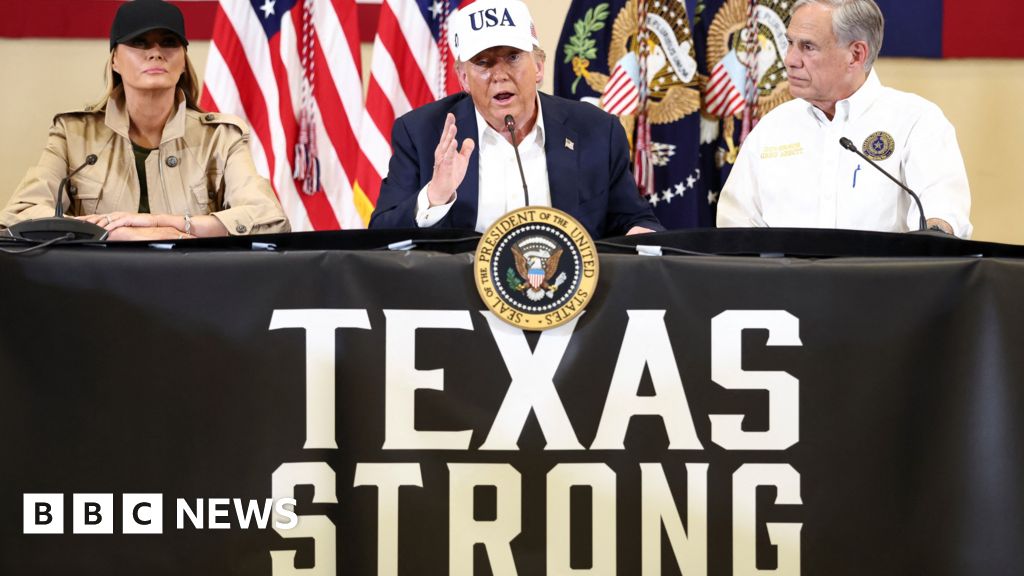The rest of Australia will soon be able to do what farming couple Francis and Vivica Clarke have been doing for more than a year – selling the energy stored in their electric vehicle back to the grid.
The Clarkes, who live on a property near Tarago, south of Goulburn, NSW, and bought a Nissan Leaf in April 2023, were part of a vehicle-to-grid (V2G) technology trial through their electricity network Essential Energy and retailer Amber Electric.

Vivica and Francis Clarke are among the first Australians to profit from new technology allowing people to sell excess power from their car back to the grid.Credit: Alex Ellinghausen
They’ve made a killing. When two units went out at Eraring power station in NSW in May last year, they made $570 in two hours. When a similar event happened at Yallourn in Victoria last month, they made $370.
Having signed up to a pilot program, the couple are among the first in Australia to profit from what is known as vehicle-to-grid, or bidirectional charging, allowing people to store power in their car batteries during the day when the sun is out and power is cheap, and sell it back during the evening peak.
Francis Clarke, 85, has heard criticism that this is something only the wealthy can afford, but he argues that he is actually making power cheaper for other people.
“Everybody turns around and says, ‘Oh you rich toffs – you can afford all these things and that’s going to make our power more expensive,’” Clarke says.
“In fact it’s not, because with me supplying power to the grid when it’s in need, I’m supplying power to my neighbours. It doesn’t require any poles and wires to be built, nor any high-tension leads to come in from God knows where. My power is being used locally, and the community doesn’t have to pay for any of the storage that I’m paying for myself.”
Electricity distributors all over Australia have been running pilot studies for V2G charging around the country for about two years now. Standards Australia ticked off on the standard last year, and now electricity distributors such as Ausgrid are starting to green-light the capacity across their networks.
The technology is branded as a game changer for the energy revolution because it bolsters the shift from the antiquated notion of “baseload power” to a modern distributed network. This in turn hastens the demise of the ageing coal-fired power fleet.
Federal Energy and Climate Change Minister Chris Bowen says the government sees plenty of potential in EVs and setting up the grid so the vehicles can be used like “household batteries on wheels”.
“Our government wants to make sure that Australians can take back control of their energy bills,” Bowen says. “Whether that’s through installing a cheaper home battery, or purchasing a V2G EV, Aussie households are increasingly looking to renewable options that work for them to slash their power bills.”

The Clarkes use power from their car in their home, and sell excess to the grid.Credit: Alex Ellinghausen
A battery for a modern electric vehicle enabled for V2G charging is 50 to 100 kWh, while a plug-in hybrid battery starts from 20 kWh. A typical home battery is six to 10 kWh, meaning the battery in a typical EV is much more powerful than one on the side of a house.
Clarke bought his Nissan Leaf in April 2023 after researching home batteries and realising that the cost per kilowatt hour of storage was significantly lower in a car. “I got a 60 kWh battery for $60,000, while a Tesla Powerwall costs $15,000 for 13 kWh,” he says.
The possibilities are enormous. When EVs become batteries on wheels, a city full of solar on rooftops and EVs in driveways becomes a distributed power plant, making it more possible to switch off the ageing coal-fired power fleet.
By the early 2030s, the combined battery capacity of all EVs in Australia is likely to surpass all other forms of storage in the national energy market, including Snowy 2.0, according to the Australian Renewable Energy Agency’s national road map for bidirectional EV charging. By 2050, the storage in the national EV fleet is likely to be three times higher than the total storage capacity in the national energy market. Yet, the road map notes, the capital cost of enabling vehicle-to-grid technology is a fraction of the cost to build large-scale storage.
Loading
Electric Vehicle Council analysis suggests EVs with V2G technology could bring down costs for everyone by reducing the need for the highest-price electricity generation and reducing the need for network augmentation to cope with the handful of days a year when the system operates at maximum capacity.
The lobby group wants the government’s Cheaper Home Batteries Program, a subsidy that started on Tuesday, to extend to the V2G charging infrastructure for EVs.
V2G charging requires three things. First, the vehicle needs to be capable and have it enabled. In some models, the capability is switched off or using it would void the warranty. Dr Alina Dini, head of energy and infrastructure at the Electric Vehicle Council, says three V2G-ready cars imported into Australia are the Nissan Leaf, the Mitsubishi Outlander and Cupra, while there is also the Ford F-150 Lightning made compatible with Australian V2G standards by after-market modifications by AUSEV.
Second, the charger needs to be approved by the Clean Energy Council. Finally, the network needs to allow it and the retailer to offer pricing to support it.
Things are moving rapidly. Ausgrid, the electricity distributor for much of Sydney, flagged on Tuesday it had successfully plugged a vehicle-to-grid system into its network, enabling a two-way flow of energy that effectively turns EVs into batteries on wheels.
Loading
Ausgrid’s head of EVs, Nick Black, says some retailers have been early adopters involved in testing how it would work, so there are already offers in the market.
Black says the technology will be a game changer for the grid, eventually. “We just need that EV adoption in place,” Black says. “There’s still a low penetration of EVs, and we see that due to a lack of highly available public charging infrastructure.”
The company is lobbying the NSW government to change the rules to allow it to directly own and maintain public EV chargers on its power poles, a proposal fiercely resisted by standalone EV-charging companies.
Essential Energy, which covers 95 per cent of NSW, said V2G charging for AUSEV’s Ford F-150 Lightning was market-ready at the Smart Energy Conference in April, after a long period testing the Nissan Leaf. The power distributor and CSIRO are investigating V2G technology with other car manufacturers.
Endeavour Energy, the third NSW network, has also been trialling V2G technology and said it would allow any charger approved by the Clean Energy Council.
In Victoria, the company that covers Melbourne and much of regional Victoria through ownership of Powercor, CitiPower and United Energy has been running a trial of V2G charging and is preparing to roll it out more widely.
Daniel Bye, Powercor head of customer connections and requests, says the company would treat vehicle-to-grid chargers the same as any other battery connected to the network, and any charger approved by the Clean Energy Council would automatically be approved.
“We’re really excited by the possibilities V2X technology offers our customers and the community,” Bye says.
(The V2X term includes vehicle to grid, vehicle to home, and vehicle to load – the final one being when you can plug in appliances such as power tools or camping fridges directly into the battery.)
Loading
In financial modelling by the Electric Vehicle Council, a customer in western Sydney who has an electricity plan with exposure to the wholesale price of electricity (such as Amber Electric) could earn $1000 a year by charging an EV when the cost of electricity is low and discharging to the grid between 6pm and 10pm every day.
A customer with a power plan with time-of-use tariffs (such as OVO Energy) could save $500 a year by charging the EV battery when the electricity is free during the day and using it to power their appliances when the price goes up in the evening.
“It’s an opportunity for something that sits statically in a driveway or a car park to be a way to help consumers not only save money but potentially even earn from it,” says Electric Vehicle Council chief executive Julie Delvecchio. “It transfoms what an electric vehicle is, from just a car to a method to support the grid, which I think is really significant.”
The Clarkes already had a 10 kWh solar system, but the power bills were still about $3000 a year before they moved to Amber Electric, and the petrol for the car was $3000 a year. A year later, Francis Clarke has a credit of $400 on his electricity bill, after powering both his house and car, despite having driven 26,000 kilometres.
As well as the financial rewards, Clarke is interested in the environmental benefits.
“I’m naturally interested in saving carbon whenever I can, and I think I’ve done the right thing in my farming and forestry businesses, too, with all the trees I’ve planted,” Clarke says.
“I’ve been aware of that for a long time, and it’s nice now that I can have a car and run it virtually carbon-free. Saving money is a good thing, but knowing you’re doing the right thing by the environment is also a good thing.”
Get to the heart of what’s happening with climate change and the environment. Sign up for our fortnightly Environment newsletter.
Most Viewed in Environment
Loading

